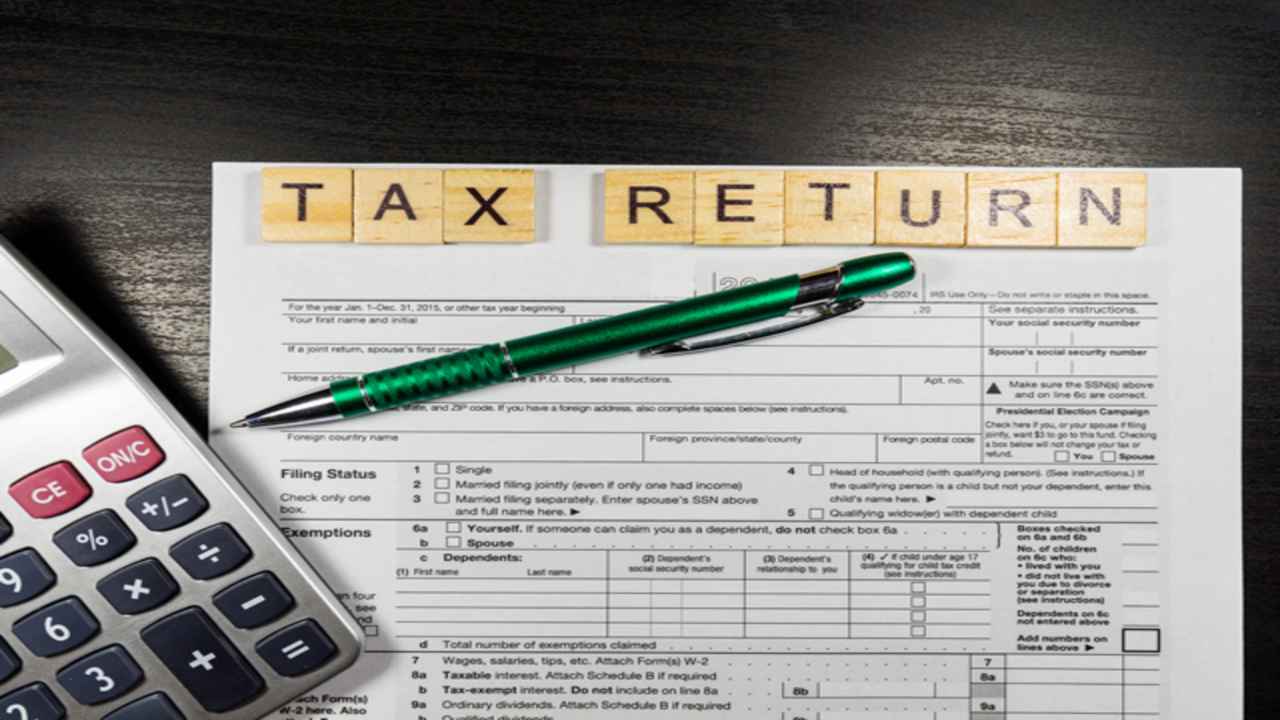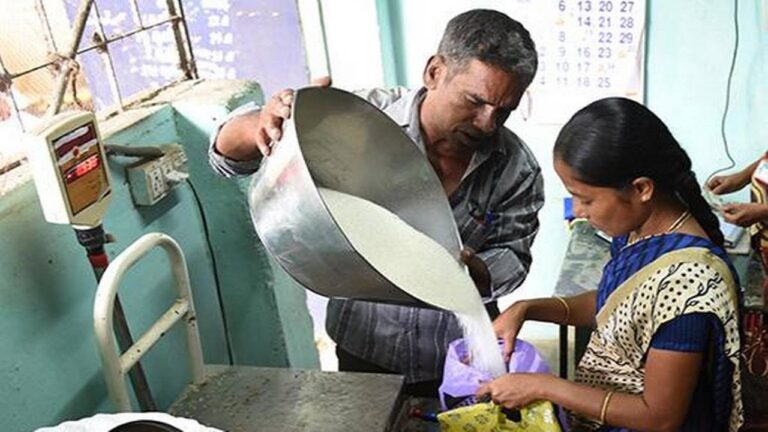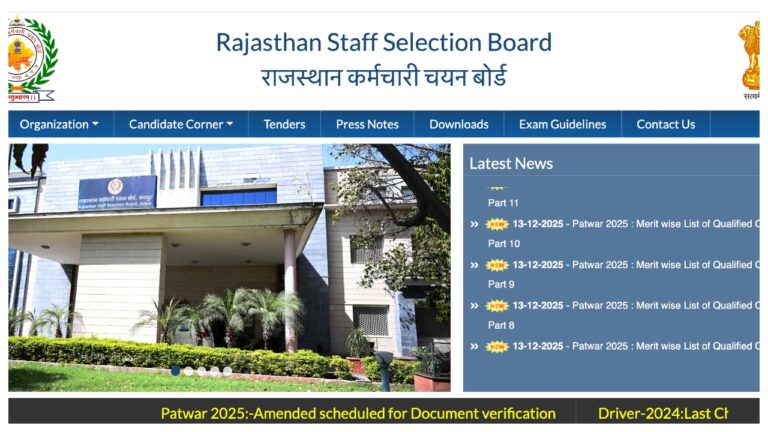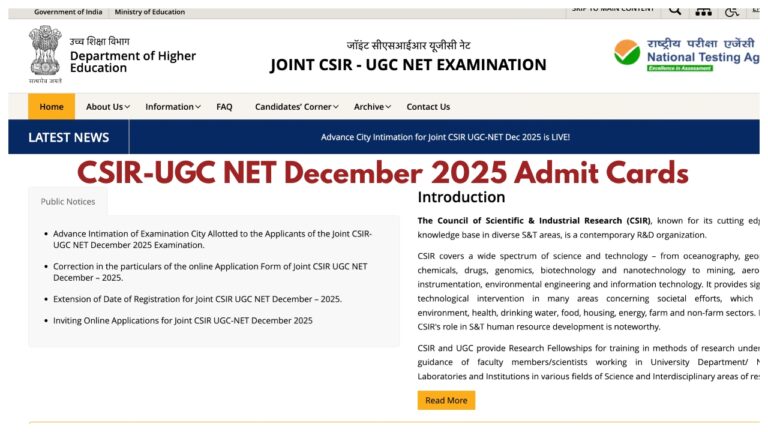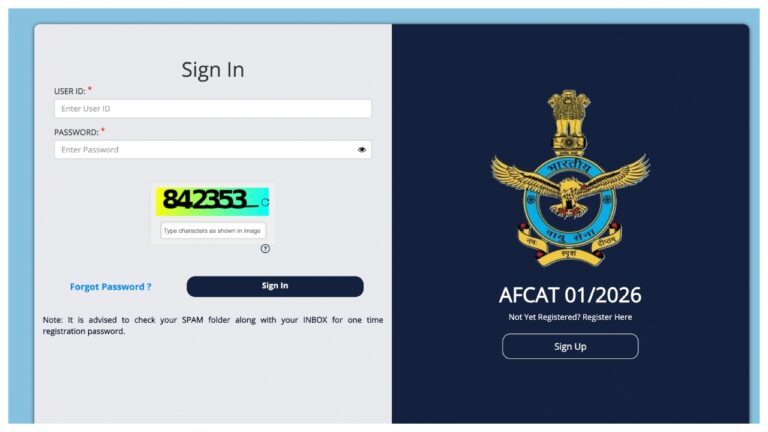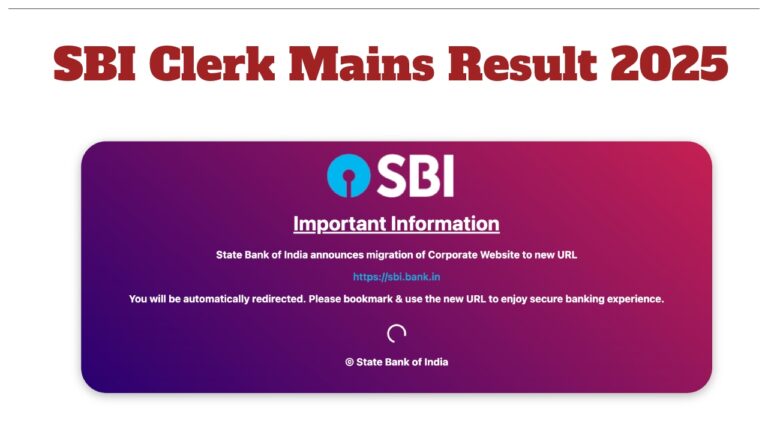ITR Filling- Big news for taxpayers. The last date for filing income tax returns (ITR) for the financial year 2024-25 (assessment year 2025-26) has now been extended to 15 September 2025. This extension will benefit those taxpayers whose accounts are not audited—such as salaried employees and pensioners. However, those whose income is subject to audit will have to follow the earlier deadline.
Documents required for filing ITR
It is very important to collect the right documents while filing ITR. This can avoid errors and makes it easier to match with the Income Tax Department records.
The required documents include
Form 16 – Provides TDS details for salaried individuals.
Interest Certificate – Details of interest received from bank or post office.
Bank statement – to confirm all transactions and income.
Form 26AS, AIS and TIS – Detailed statement of tax deduction and income.
Capital Gain Statement – If you have invested in mutual funds or shares.
Proof of PAN-Aadhaar linking – Aadhaar number is now mandatory in ITR.
Details of all bank accounts – including IFSC code and account number.
Information about foreign investment and bank accounts is also necessary
If you have invested in foreign assets or are a signatory to a bank account abroad, it is mandatory to give its information in ITR. This does not violate tax laws and any legal action can be avoided in the future.
How to choose ITR form?
ITR-1 (Sahaj): If your income is less than Rs 50 lakh and have only salary, one house, and income from other sources.
ITR-2: If you have capital gains, more than one property, or have foreign income.
ITR-3 or 4: For businessmen or freelancers.
7 easy and important tips for filing ITR
Choose the right form – Select the appropriate form based on your source and structure of income.
Old vs New Tax Regime – Decide which tax regime benefits you more.
Keep all the documents ready – collect Form 16, 26AS, AIS etc.
Use online or offline tools – like Tax2win, ClearTax etc.
